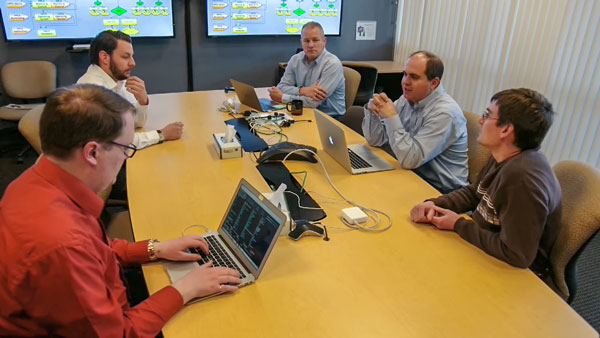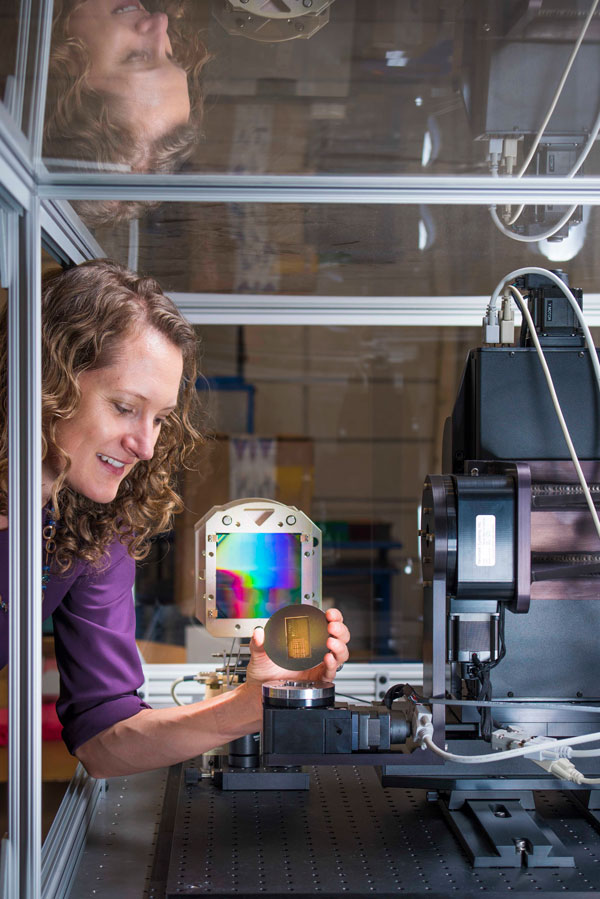
Competing in an international pool of universities, corporations and government labs, Sandia inventions and co-inventions captured five R&D 100 Awards this year.
Each year, R&D Magazine editors and independent judges determine the researchers who have developed the year’s 100 most outstanding advances in applied technologies. The awards focus on practical impact rather than pure research and recognize entrants for their products’ designs, development, testing and production.
The sole criterion for winning, according to a description released by the magazine, is “demonstrable technological significance compared with competing products and technologies.” Properties noted by judges include smaller size, faster speed, greater efficiency and higher environmental consciousness.
The R&D 100 Awards began in 1963. Since 1976, Sandia has earned 124 awards.
This year’s five Sandia winners are pictured here:
Detergent-assisted fabrication of functional materials
Application of ordinary detergents can produce uniform sizes and shapes of multifunctional materials at the nanoscale level, boosting their performance. Possible uses of the technique range from environmental cleanup to cancer treatment, while reducing costs.
Watch the video on detergent-assisted fabrication.
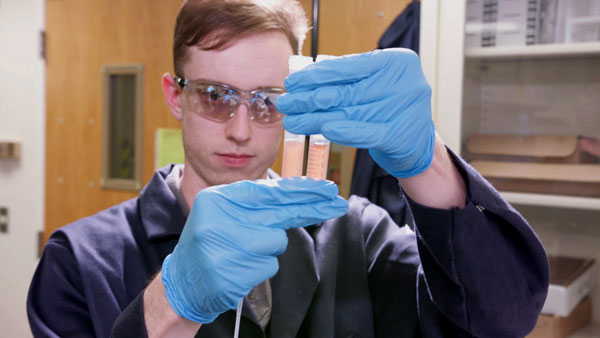
LAMMPS simulations for materials modeling

LAMMPS is a widely-used molecular dynamics simulation package that models materials from the atomistic to mesoscale to continuum scales. It can be run on machines from desktop computers to the largest supercomputers, to explore the structural and dynamic properties of materials and provide insights not easily accessible to experimental observation.
Watch the video about LAMMPS.
SWiCK Zoom, or Sandia wide-angle quick zoom
The technology uses variable focal-length lenses or mirrors to toggle between high and low magnification almost instantly, enabling users to achieve true optical zoom with minimal power. Compact, lightweight and low-power systems are ideal where size, weight, speed or battery power come at a premium, in such applications as cameras on drones, cell-phones and self-driving cars.
Watch the video about SWiCK Zoom.
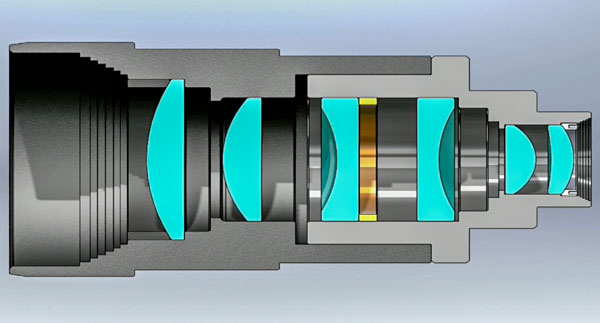
Large Field-of-View Bench-Top 3D X-ray Phase Contrast Imaging (XPCI) system
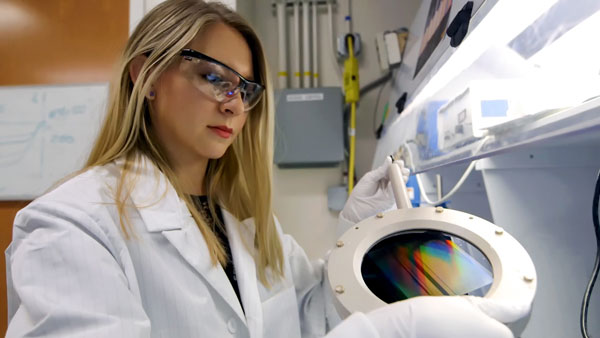
The system makes it possible to image low-density materials, such as the human body, polymers, epoxies, fillers, foams, plastics and other materials with as much as a thousand times more sensitivity than ordinary X-ray imaging.
Watch the video about the XPCI system.
Power API
Power API is a computer interface that users, applications, system tools and administrators can operate to understand and control power usage. It works through existing programming paradigms governing all modern computers’ operations.
Watch the video about Power API.
